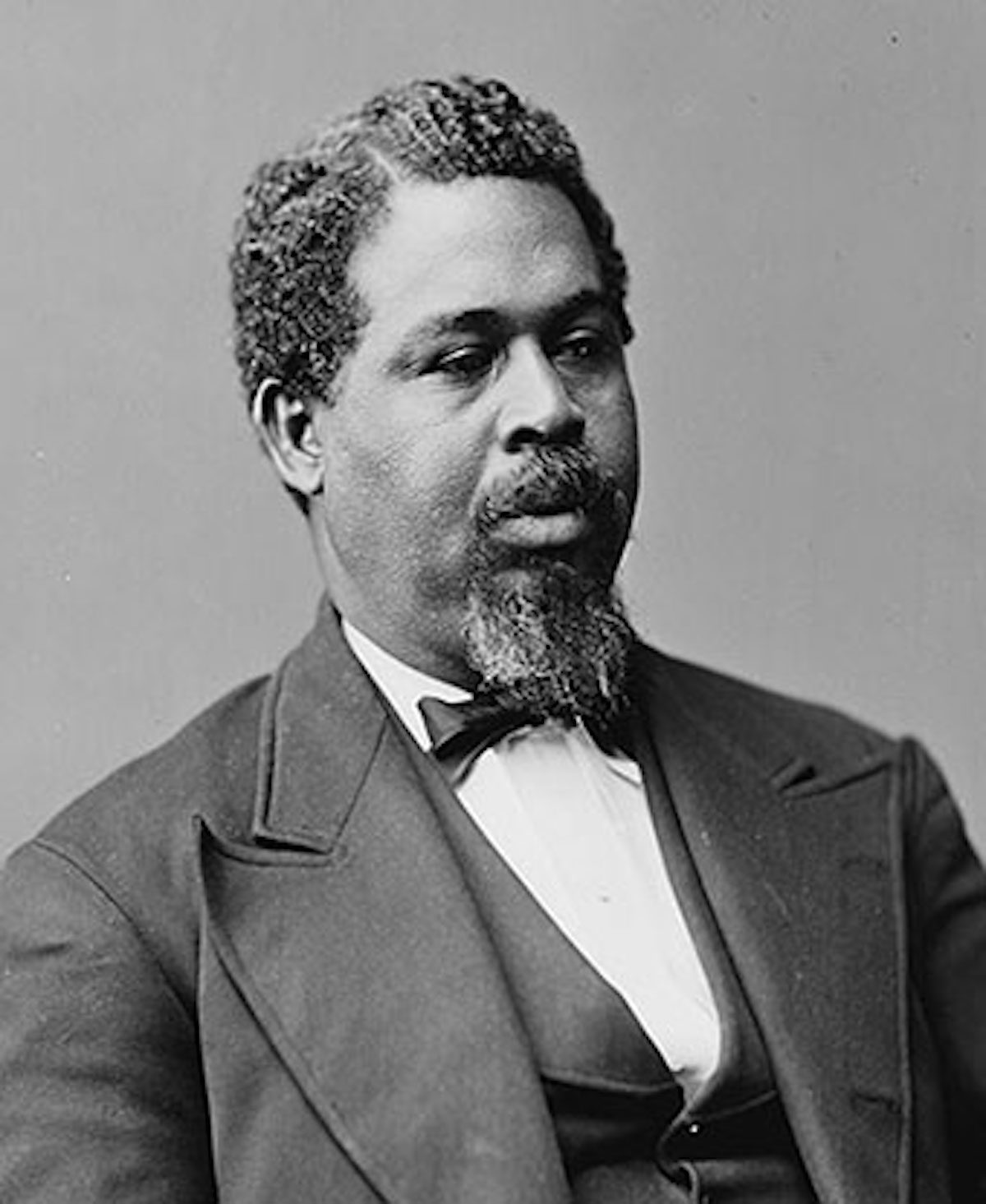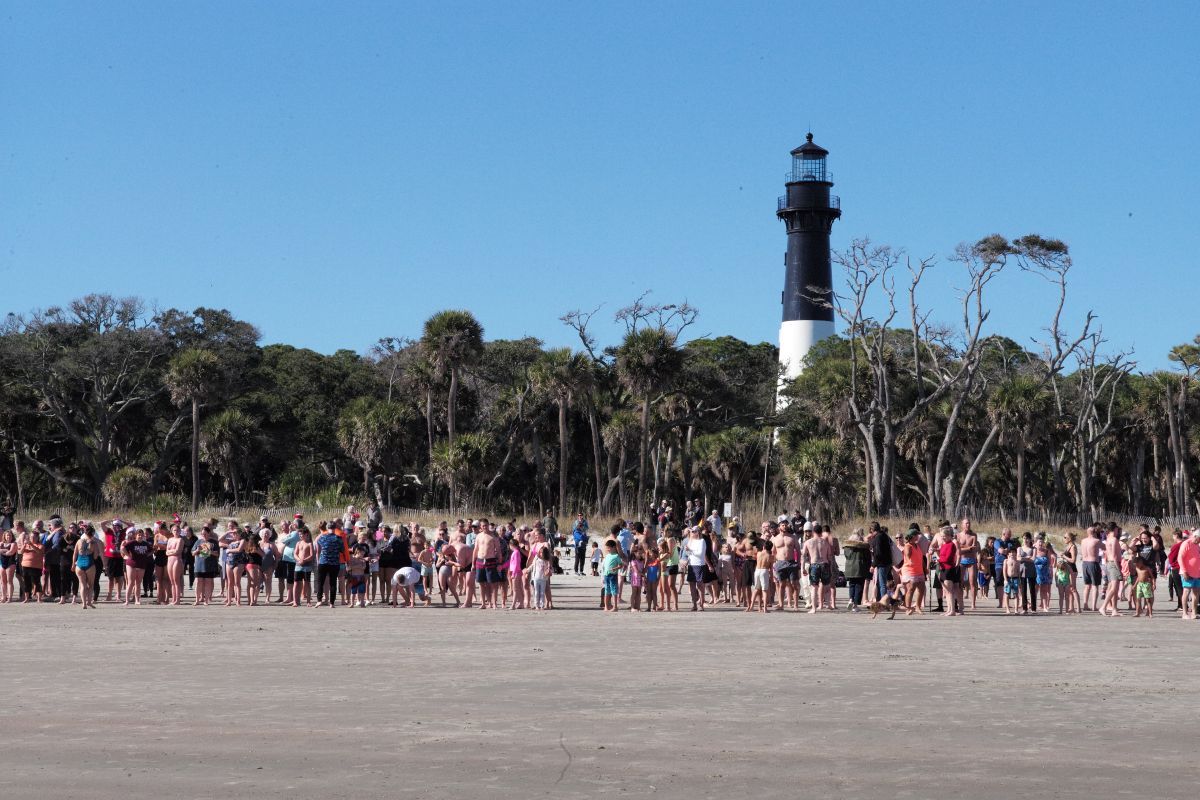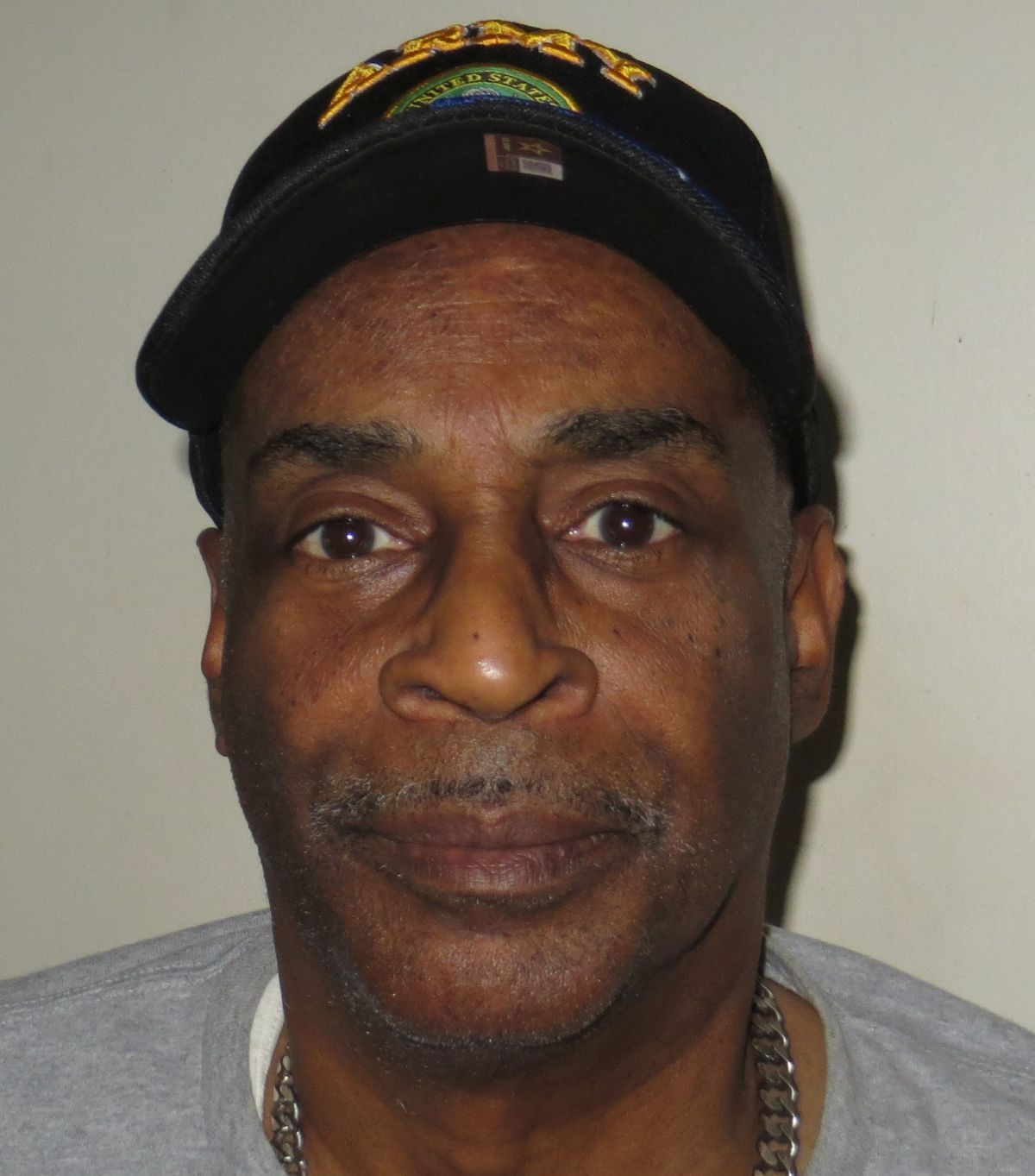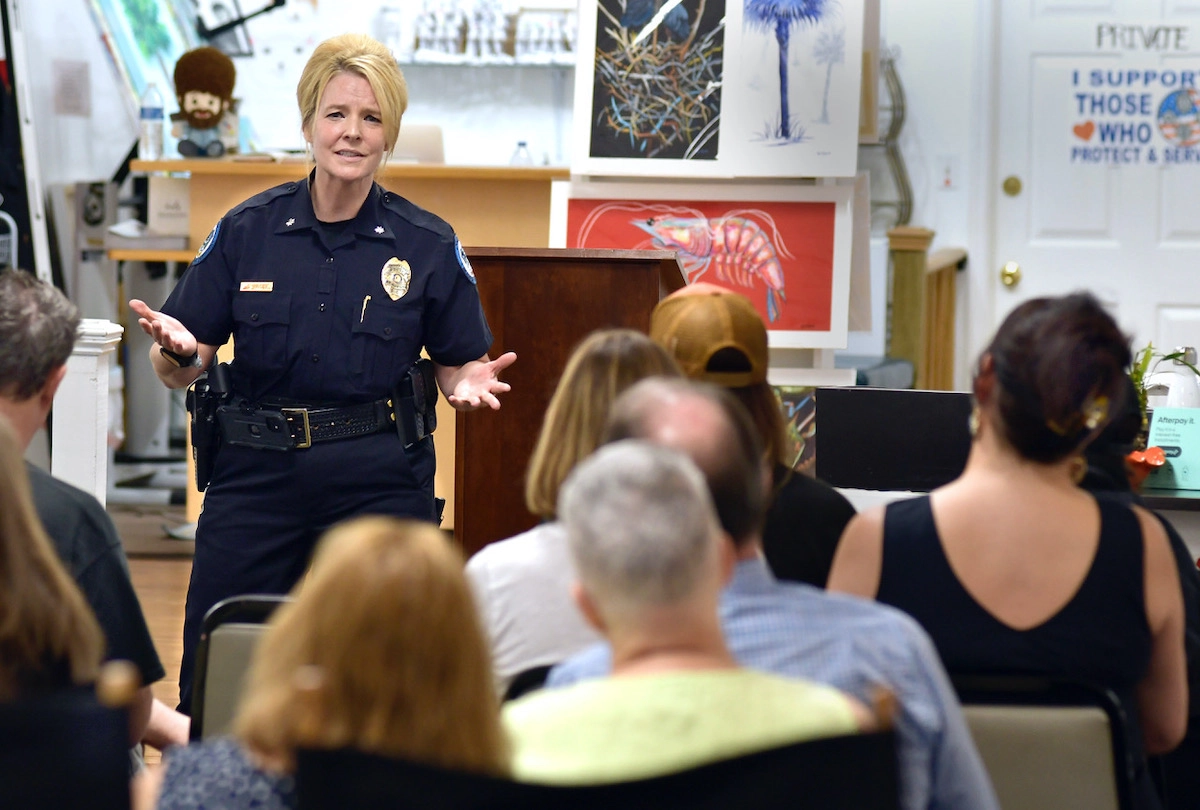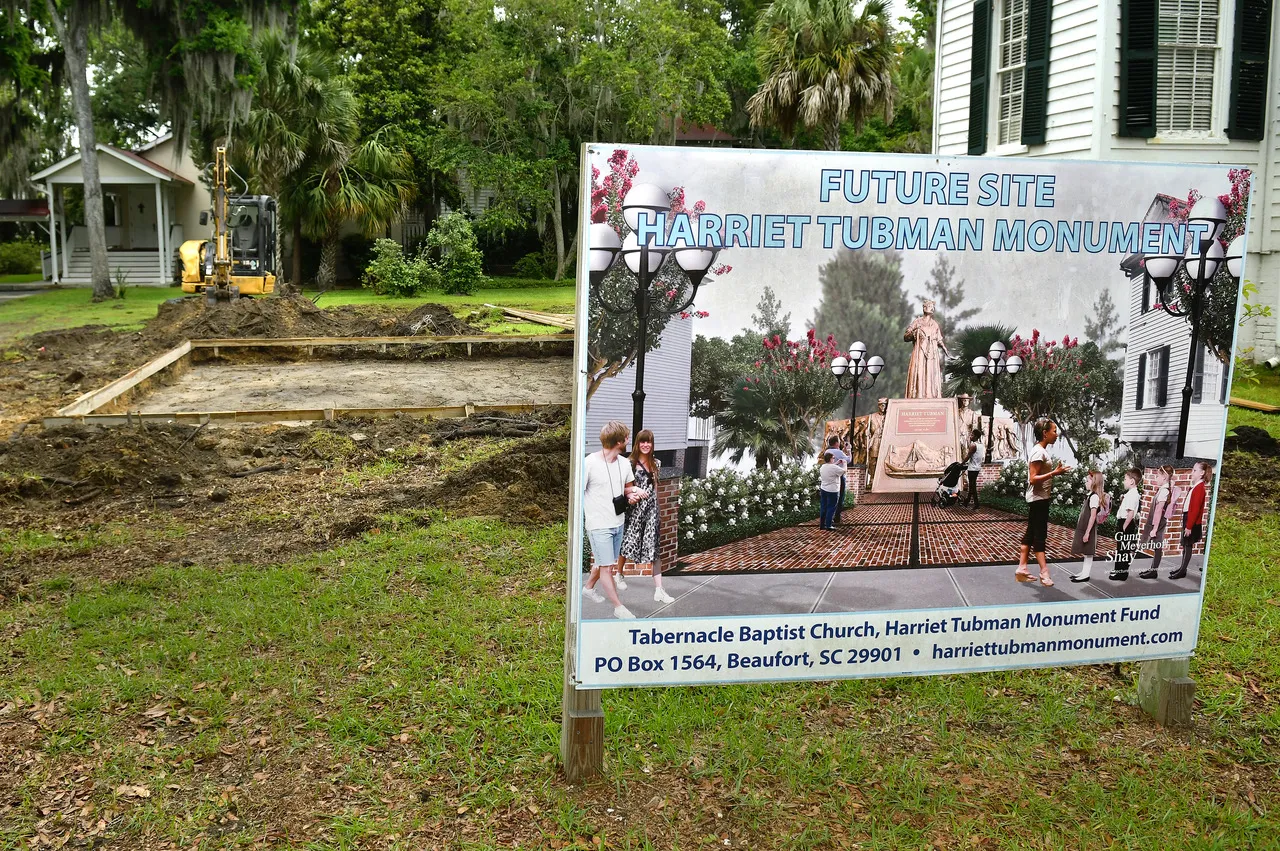A century after death, the Civil War hero, former SC lawmaker will be first Black person with an individual statue
By Abraham Kenmore
COLUMBIA — Legislators agreed unanimously to memorialize Robert Smalls on Statehouse grounds with a monument that itself will make history.
The bill legislators sent Thursday, May 9, to the governor’s desk creates a commission to design the monument, decide where to put it, and raise money to pay for it.
Smalls, who was enslaved when he piloted his family to freedom to become a Civil War hero and later a state lawmaker, will be the first individual Black South Carolinian recognized with a statue on Statehouse grounds.
It will also be the first monument period since dedication of the Law Enforcement Memorial in 2006. A year later, legislators enacted a moratorium to adding any more monuments to the capitol complex.
“Considering we’re the state that initiated the Civil War … I think it says a lot,” Sen. Darrell Jackson, D-Hopkins, told the S.C. Daily Gazette after the Senate’s 44-0 vote. “I want to commend my colleagues for supporting it overwhelmingly.”
Smalls, born a slave in Beaufort in 1839, was sent to Charleston at age 12 to be hired out. When the Civil War began, he was an enslaved crew member of the steamship Planter contracted out to the Confederate army.
In 1862, he hijacked the boat and, after picking up his family at a wharf, steered them through a gauntlet of Confederate guns to the Union blockade, winning freedom for his family and the other enslaved crew members. Smalls went on to become a state legislator and five-term congressman. He died in 1915.
The monument will enable future visitors to learn about Smalls, “an outrageous African American guy who put his life in danger when he kidnapped that ship,” said Jackson, whose effort six years ago to honor Smalls went nowhere.
When the bill came up for approval Wednesday in the Senate, one senator asked for more information on who Smalls was, prompting a history lesson from Sen. Chip Campsen, R-Isle of Palms.
Campsen, whose family owns and operates the boats that take visitors to Fort Sumter, even educated them on what the Planter looked like, noting his company’s most recent purchase is similar, complete with a faux side-wheel – although it uses a modern hybrid propulsion system.
Senate Majority Leader Shane Massey said the senator’s question highlights the need for a statue, so all generations of South Carolinians can learn Smalls’ story.
“He’s significant to South Carolina and even the country as a whole,” said the Edgefield Republican. “There aren’t a whole lot of folks I think we should be adding to the Statehouse grounds, but I think Robert Smalls is worthy.”
The legislation gives the commission a deadline of Jan. 15 to come up with a design and location for approval by the joint State House Committee.
Jackson said the monument will provide visitors to the Statehouse — including students who come to the Statehouse on field trips as they learn South Carolina history — the opportunity for a broader education.
All of the stand-alone monuments, markers and statues memorializing specific South Carolinians on Statehouse grounds honor white men, many of them with controversial pasts.
There is a monument that honors the struggles and contributions of Black South Carolinians from the slave trade through the 20th century. However, while Black trailblazers are recognizable in the carved panels, no one is identified.
“(It) doesn’t just have to be a story about Ben Tillman, John C. Calhoun,” Jackson said of other statues visitors see.
Plaques on a statue of Calhoun on the front lawn of the Statehouse notes he founded both Clemson and Winthrop universities. What they don’t say is that the former post-Reconstruction governor and U.S. senator was an avowed white supremacist who advocated killing Black people who tried to vote, or that he was the architect of Jim Crow laws that spread across the South.
Calhoun, whose statue is in the Statehouse lobby, died before the Civil War started. He was a congressman, secretary of war, vice president, U.S. senator — and champion of slavery.
Some have called for removal of statues on Statehouse grounds, particularly Tillman’s. Others counter their monuments need plaques with more context, so that visitors learn their full history.
Abraham Kenmore is a reporter covering elections, health care and more. He joins the S.C. Daily Gazette from The Augusta Chronicle, where he reported on Georgia legislators, military and housing issues.
S.C. Daily Gazette is part of States Newsroom, the nation’s largest state-focused nonprofit news organization.

